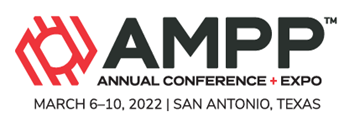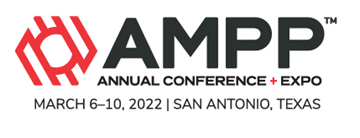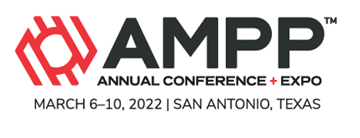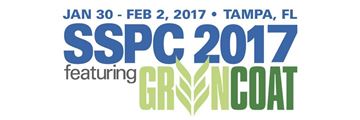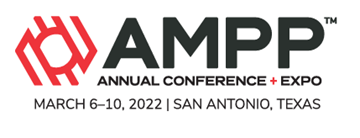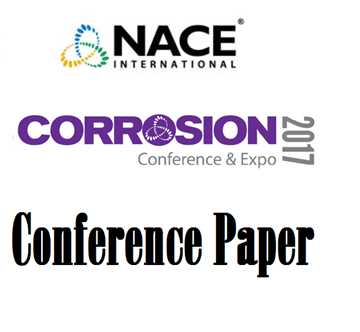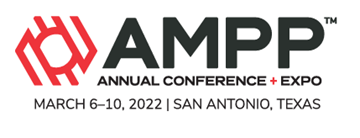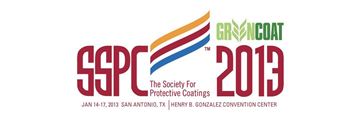Search
Coatings and Linings
View as
Sort by
Display
per page
Case Study: Foreign Operator DC Interference On An Existing Pipeline Systems
Product Number:
51322-17587-SG
Publication Date:
2022
$20.00
Cathodic Protection Monitoring In Water And Wastewater Systems
Product Number:
51322-17655-SG
Publication Date:
2022
$20.00
Cathodic Protection Of Mooring Chain In Offshore Environment
Product Number:
51322-17722-SG
Publication Date:
2022
$20.00
Cathodic Protection: An Integral Part of Tank Maintenance
Product Number:
41206-283-SG
Publication Date:
2006
$20.00
CFRP Reinforcement Anode For Cathodic Protection Of Steel Rebar
Product Number:
51322-17877-SG
Publication Date:
2022
$20.00
Challenging the Performance Myth of Inorganic Zinc Rich vs Organic Zinc Rich Primers
Product Number:
51317--9127-SG
ISBN:
9127 2017 CP
Publication Date:
2017
$20.00
Characterization And Further Development Of Austenitic Stainless Steel UNS S20910 Towards New Industrial Applications
Product Number:
51322-17648-SG
Publication Date:
2022
$20.00
Characterization of Coating Performance in Various Natural Exposure Environments
Product Number:
41205-201-SG
Publication Date:
2005
$20.00
Characterizing Corrosion On AA-7075 Through Alternative Cleaning Methods And Optical Profilometry
Product Number:
51322-17579-SG
Publication Date:
2022
$20.00
Chemical Mitigation Of Alkaline Carbonate Stress Corrosion Cracking
Product Number:
51322-18160-SG
Publication Date:
2022
$20.00
Chemical Reactivation of Exterior Decorative Aerospace Livery Coatings
Product Number:
41213-732-SG
Publication Date:
2013
$20.00

